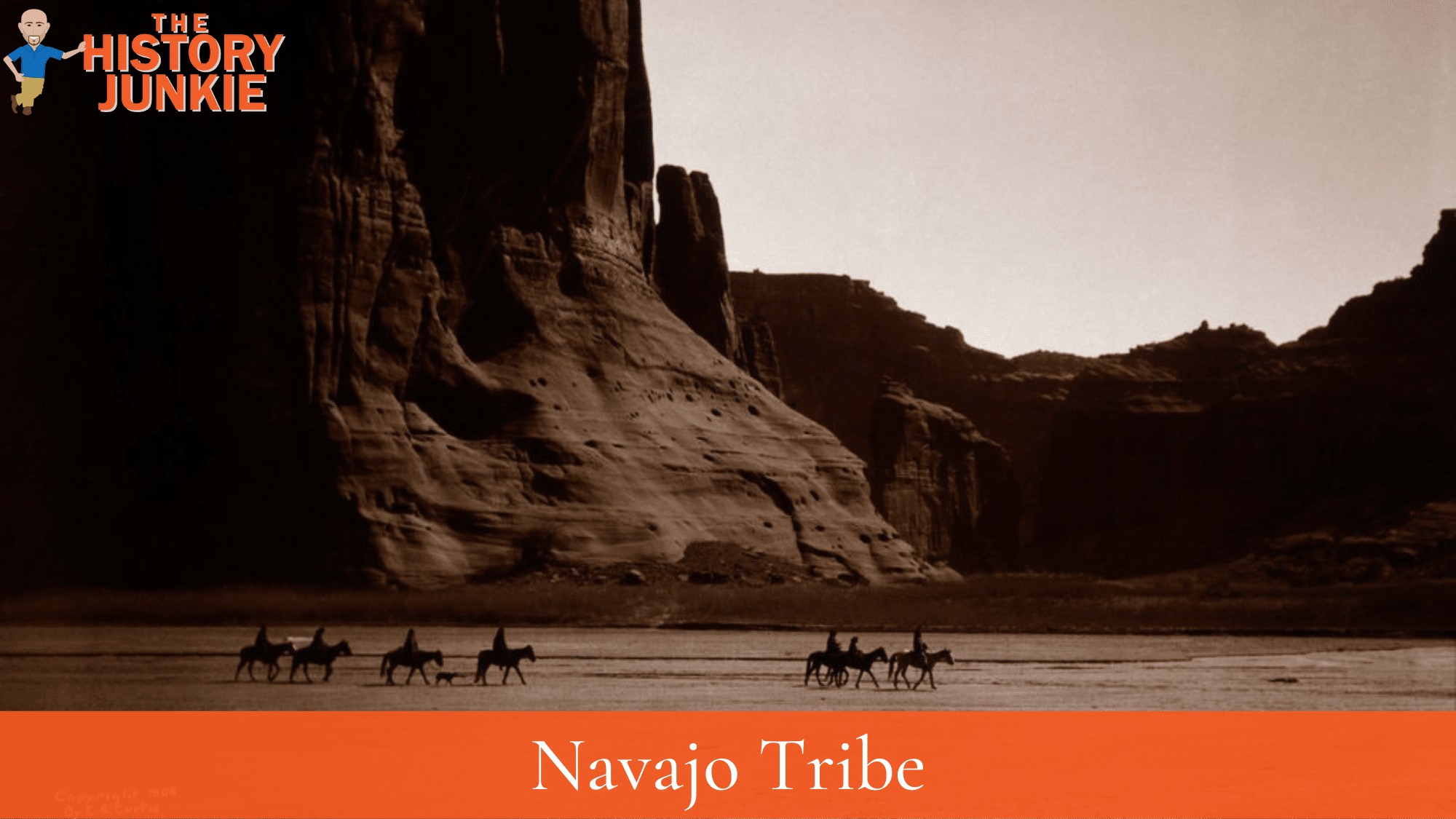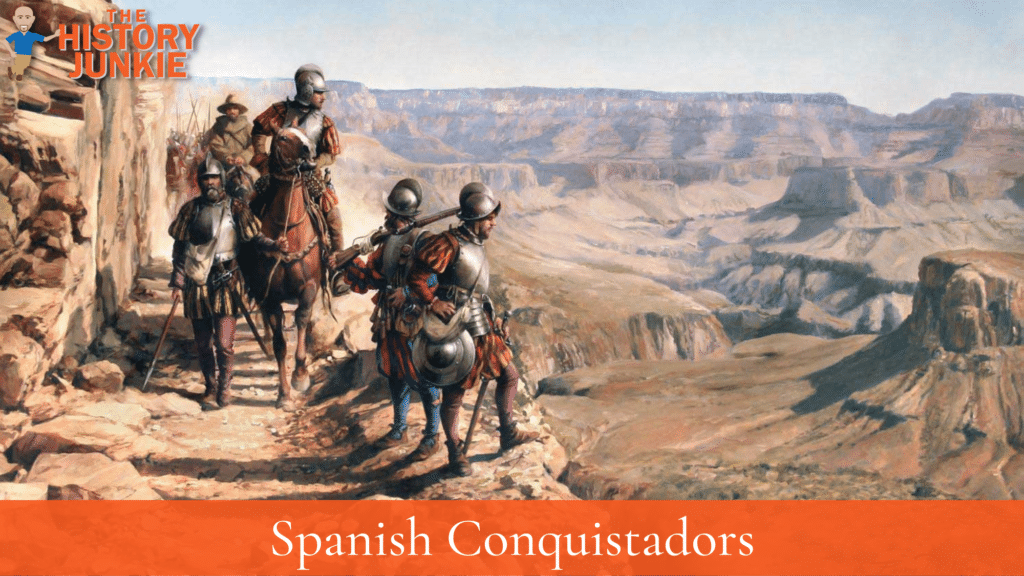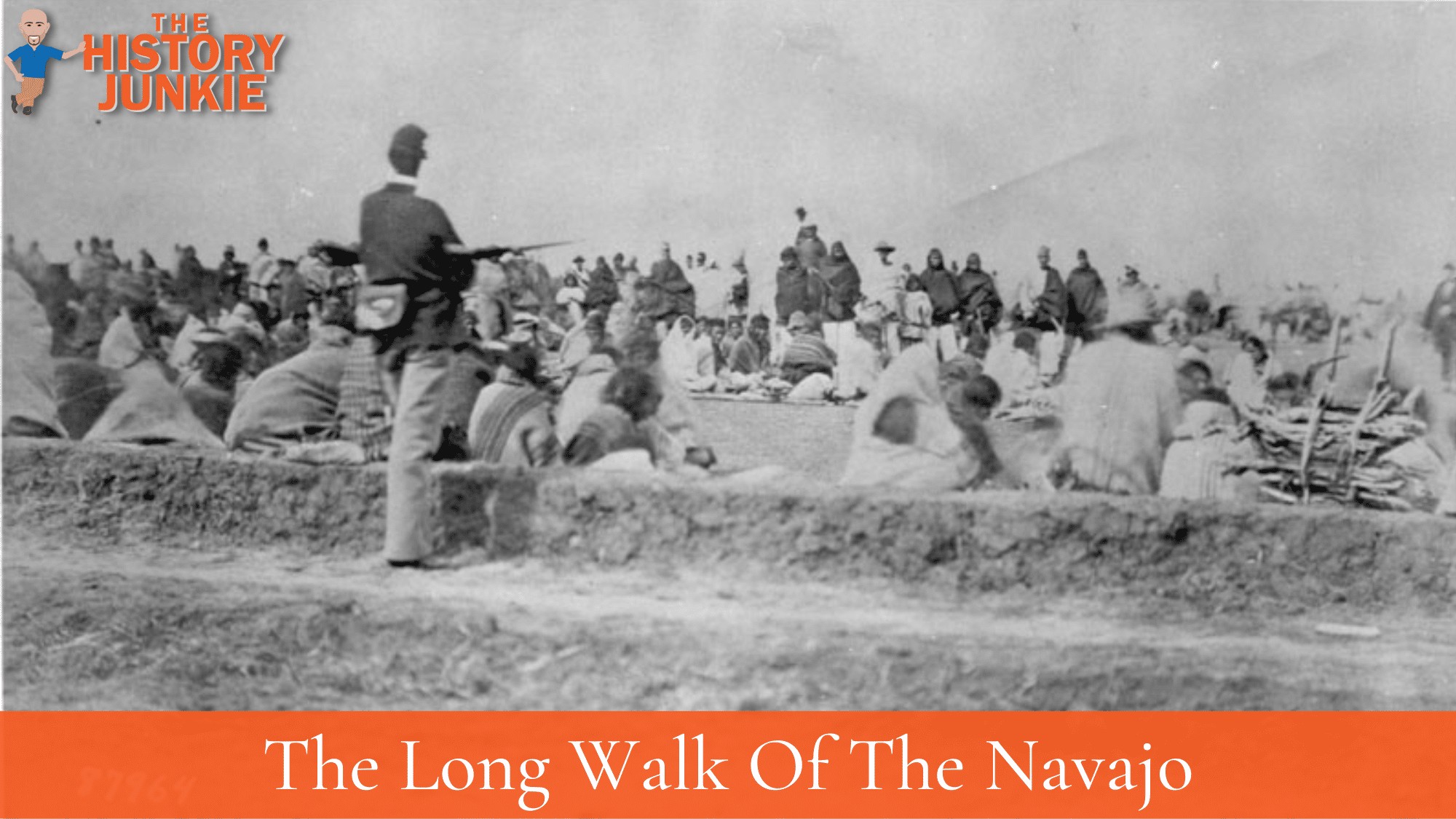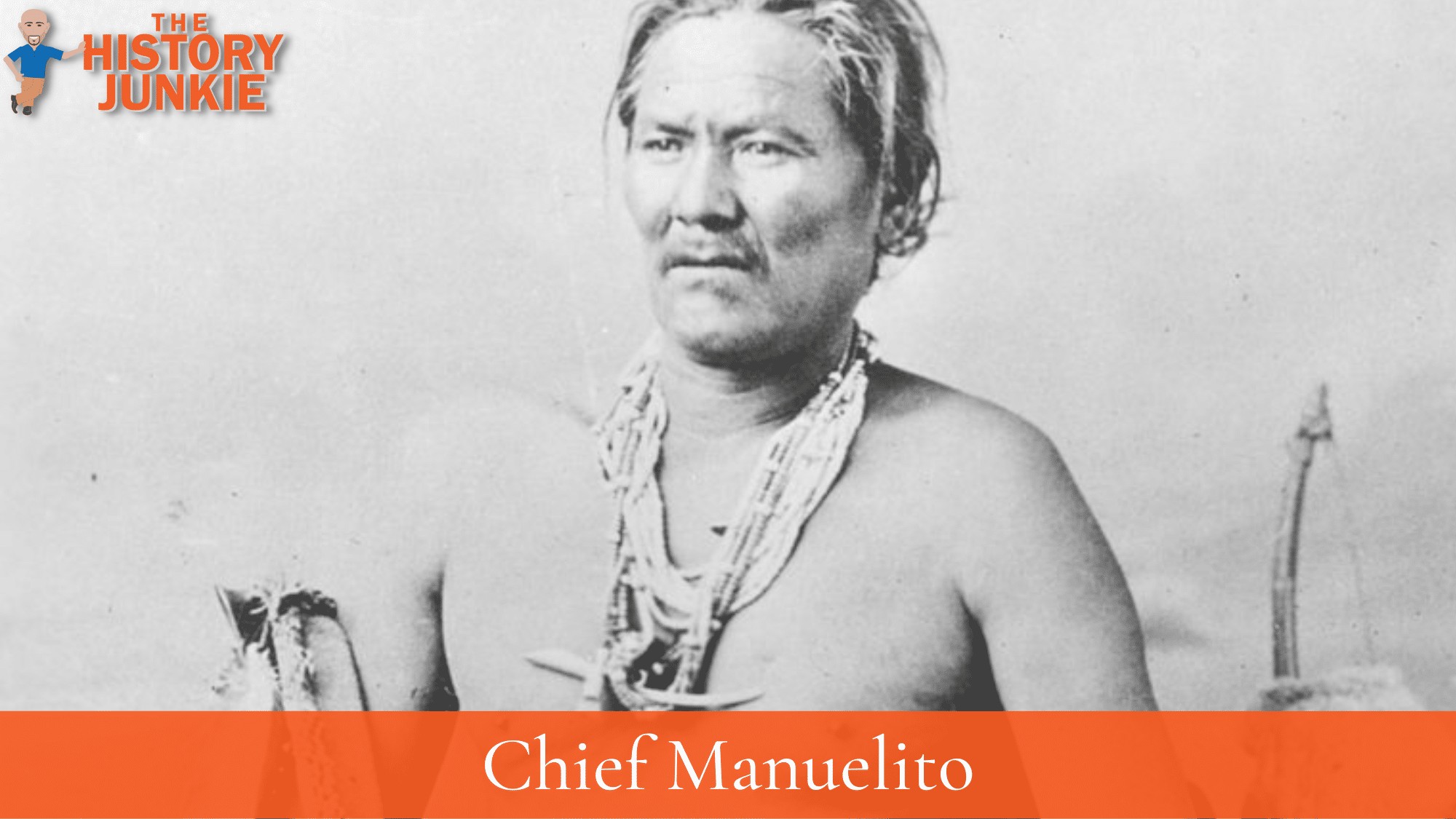
Jump to:
- #1. The Navajo Tribe Is The Largest Indian Nation In The United States
- #2. The Spanish Were The First Europeans To Make Contact With The Navajo
- #3. They Endured The Long Walk Of The Navajo
- #4. Chief Manuelito Changed The Fortune Of The Navajo
- #5. The Navajo Code Talkers Played An Important Role In World War 2
#1. The Navajo Tribe Is The Largest Indian Nation In The United States
In 2021, the Navajo tribe had close to 400,000 tribal members and is the largest recognized tribe in the United States, with the Cherokee tribe taking second place.
They operate on the largest reservation in the states, which is located in three states due to their location on the four corners of Arizona, Utah, and New Mexico.
A Southwest Indian tribe, the Navajo has an illustrious history that involved serving the Marines as code talkers in World War 2.
#2. The Spanish Were The First Europeans To Make Contact With The Navajo

The first contact made with the Navajo was in the 17th century when the Spanish Conquistadors were traveling through the land.
the Spanish would eventually control most of Mexico, and eventually, Mexico would become independent of the Spanish. Mexico would begin to have border disputes with the United States, which led to the Mexican-American War.
It would be during this war that the Navajo would come into contact with the United States military.
In 1846, General Stephen W. Kearny invaded New Mexico, which would lead to a peace treaty with the Navajo that was not honored by either side.
What happened over the next 15 years is unfortunate for the Navajo. They endured many tragedies and would refer to this time as "The Fearing Time."
#3. They Endured The Long Walk Of The Navajo

Beginning in the spring of 1864, the Army forced around 9,000 Navajo men, women, and children to walk over 300 miles to Fort Sumner, New Mexico, for internment at Bosque Redondo.
The internment was disastrous for the Navajo, as the government failed to provide enough water, wood, provisions, and livestock for the 4,000-5,000 people. Large-scale crop failure and disease were also endemic during this time, as were raided by other tribes and civilians.
Some Navajos froze in the winter because they could make only poor shelters from the few materials they were given. This period is known among the Navajos as "The Fearing Time."
In addition, a small group of Mescalero Apache, longtime enemies of the Navajos, had been relocated to the area. Conflicts resulted.
In 1868, the Treaty of Bosque Redondo was negotiated between Navajo leaders and the federal government, allowing the surviving Navajos to return to a reservation on a portion of their former homeland. (Wikipedia)
#4. Chief Manuelito Changed The Fortune Of The Navajo

In 1872, Chief Manuelito founded the Navajo Tribal Police in order to keep the peace and stop the raids.
His idea worked, and the raids slowed and then ended. The Navajo began to see more success through negotiation with the United States government. It was not much, but it was better than in the past.
In 1876, he met with President Ulysses S. Grant about issues the Navajo were having with encroachment.
In 1879, when crops failed, the Navajo began to raid other American citizens and Zunis. In order to maintain law and order, Manuelito arrested 40 Navajo as thieves and witches.
His actions did help Navajo relations with the United States, although the Federal Government still took advantage and was not fair to the tribe.
He died in 1893.
In 1980, the Navajo Nation Office of Scholarship and Financial Assistance named a Scholarship in honor of Manuelito. It is the most prestigious scholarship the Navajo Nation offers for post-secondary education.
#5. The Navajo Code Talkers Played An Important Role In World War 2

Despite the conflict that occurred with the United States government for many decades and the mistreatment that occurred to their people, the Navajo tribe's bravery during World War 2 can not be overstated.
The Japanese seemed to be able to decipher all the codes that the United States used, but they were never able to decode the Navajo Code Talkers.
The Navajo were bilingual and extremely quick in translating their language into English, so they relayed important information to the marines.
Each Navajo went through a basic boot camp at the Marine Corps Recruit Depot, San Diego, before being assigned to Field Signal Battalion training at Camp Pendleton. Once the code talkers completed training in the States, they were sent to the Pacific for assignment to the Marine combat divisions.
With that said, there was never a crack in the Navajo language; it was never deciphered.
It is known that many more Navajos volunteered to become code talkers than could be accepted; however, an undetermined number of other Navajos served as Marines in the war but not as code talkers.
These achievements of the Navajo Code Talkers have resulted in an honorable chapter in USMC history. Their patriotism and honor inevitably earned them the respect of all Americans
